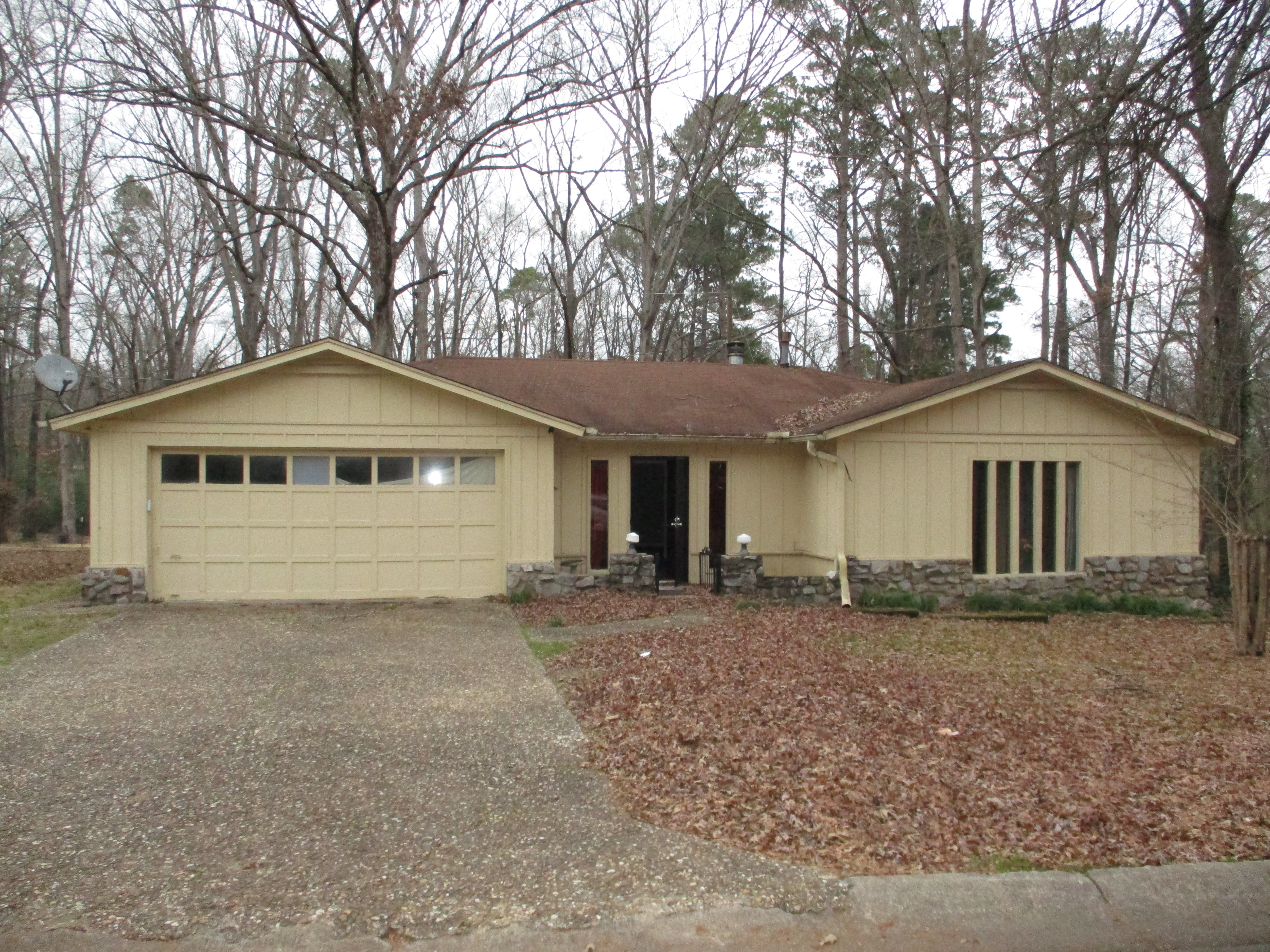Recently, Forbes published a list of “booming” housing markets amid the COVID-19 crisis. In this case, “booming” means “more quickly recovering” than other housing markets around the United States. These markets share a few things in common.
As real estate investors, it is our duty to carefully select the markets in which we invest. For our part, our seven real estate markets were hand-picked based on their long-term investment potential. Factors such as economic growth and diversity, housing affordability, population growth, and rental demand, among others, have impacted our decision-making.
Be sure to check out our Whitepaper: Evaluating a Rental Market for Single-Family Real Estate Investment
Because we’re seeing so much shifting and uncertainty in real estate as we battle health and economic crises, it’s important, now more than ever, to target the right investment markets: markets that will build long-term wealth for you and your family.
3 Indicators of a Healthy Post-COVID Market
Lower Population Density
When we observe the markets less impacted by the pandemic, it tends to be those located in the Midwestern United States. In these areas, the population is less dense and more spread out. Typically, we see investors prioritizing and targeting high-population, primary markets such as New York City and San Francisco.
A lower overall population or (in say, Houston’s case) a more sprawling city that affords a smaller population density per square mile makes for a better investment. Nine New York incorporated areas are in the top ten most dense United States cities. The full New York City metropolitan area itself boasts a population density of 56,012.0 per square mile.
Only the Dallas-Ft.Worth Metroplex makes the top 16 with a density of 11,911.3 per square mile. In this case, density is determined by the incorporated metro within the city with the highest population density.
We see that places with lower population density were better able to deal with COVID-19. In some areas that are rural, a shelter-in-place order was never issued. As we move forward, lower population densities will likely attract overall population growth, as health-minded residents will value more distance between neighbors.
Economic Muscle
When we look at the markets that have done well despite the economic crisis that came from the effective shut-down of business, it is those that display not only a diverse economic base (hedging against economic risk) but those with an abundance of jobs that can continue remotely. The technology sector in particular has seen success during the pandemic.
For real estate investors, the presence of essential services, tech jobs, general low unemployment, and overall job opportunities are indicators of sustainable economic conditions. The economy ultimately drives population growth and rental demand — making it one of the most crucial factors in choosing a real estate market.
Proven Market Tenacity
One of the markets highlighted in the Forbes article mentioned above is one of our own: Houston, Texas. Not too long ago, we wrote about the obstacles facing Space City. Between COVID-19 and an unprecedented oil industry crisis, Houston looked to be between a rock and a hard place. As one of the top markets post-Great Recession and one of the most promising markets in the years since, experts wondered if this combined double-whammy would finally cause the Houston market to falter.
As quoted by Forbes, president of John Burns Real Estate Consulting Lesley Deutch remarked, “Houston has done quite well and is more resilient than I think we originally gave it credit for,”
Once again, Houston squares up against the odds and defies all expectations. Between the Great Recession, a fluctuating oil market, Hurricane Harvey, and now COVID-19, it seems like nothing can truly put a damper on the Houston market.
Builders have seen pleasing sales results in Houston as of late, a testament to just how attractive and stable the market is. Texas as a whole has performed well.
A market’s tenacity is built upon a multitude of factors. For the investor, these individual qualities matter. However, we never know just how things will pan out when a market faces adversity. What we can look to, however, are the track records of success in the face of these challenges. Markets that prove themselves resilient under stress and strain are the ones that investors would do well to pay attention to.
Invest in the nation’s prime rental markets with REI Nation! Your advisor is waiting...












